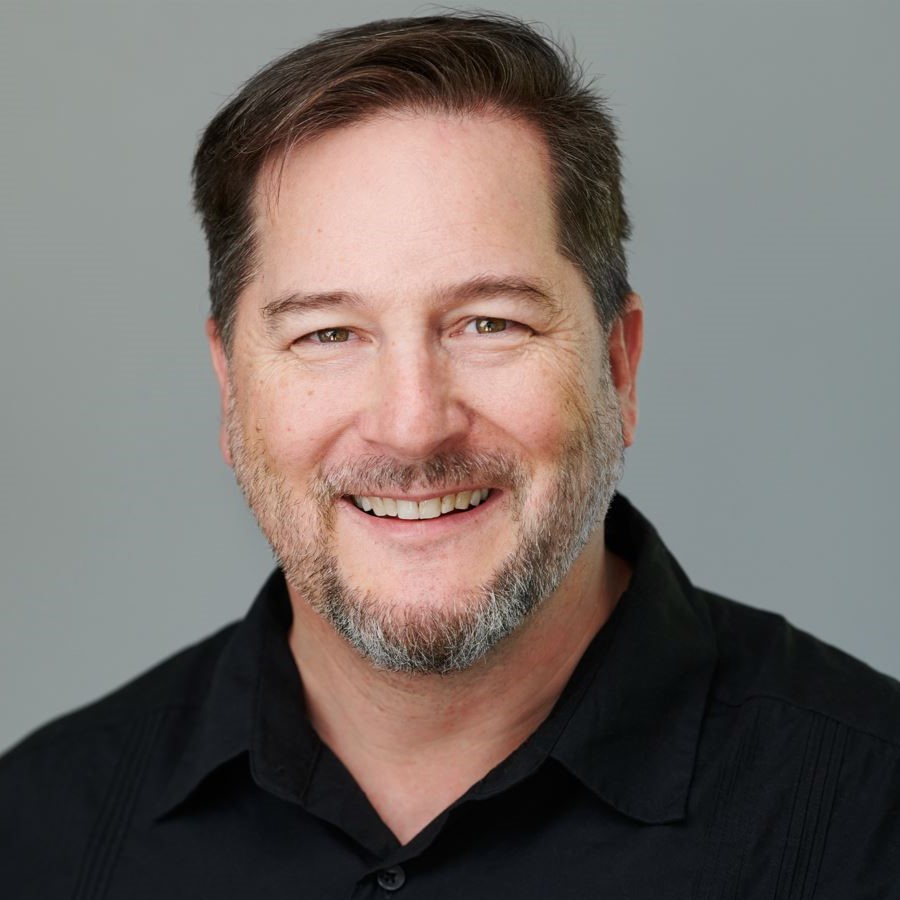On-demand
H&H Essentials #3: Flow routing
Develop design hydrographs and calibrate model results to observed flow records.

About
In this 3-hour intensive training course attendees will increase their knowledge of rainfall-runoff techniques for generating and routing flow, including the sensitivity of peak flow results to the selected parameters. Throughout the course attendees will be shown practical working examples, learning hands-on how to use and apply different rainfall-runoff approaches, leading to an increased understanding of confidence limits, probability, and uncertainty in the analysis and application of flow routing.
To find out more about the series, see below.
Details
| Format | Take sessions anytime, at your own pace, with unlimited course access for 4 months. |
|---|---|
| Cost | AUD$325 (INC GST) or combine with the full H&H Series and save 15% |
| Code | OD-22-3-058 |
| Contact | training@awschool.com.au |
| Tags | Surface water hydrology |
Register your interest: https://awschool.com.au/training/flow-routing/
Presenters
Michael Konieczki
HDR
Tony Ladson
Moroka
Martin Hendriks
Utrecht University
Krey Price
International Water Training Institute





